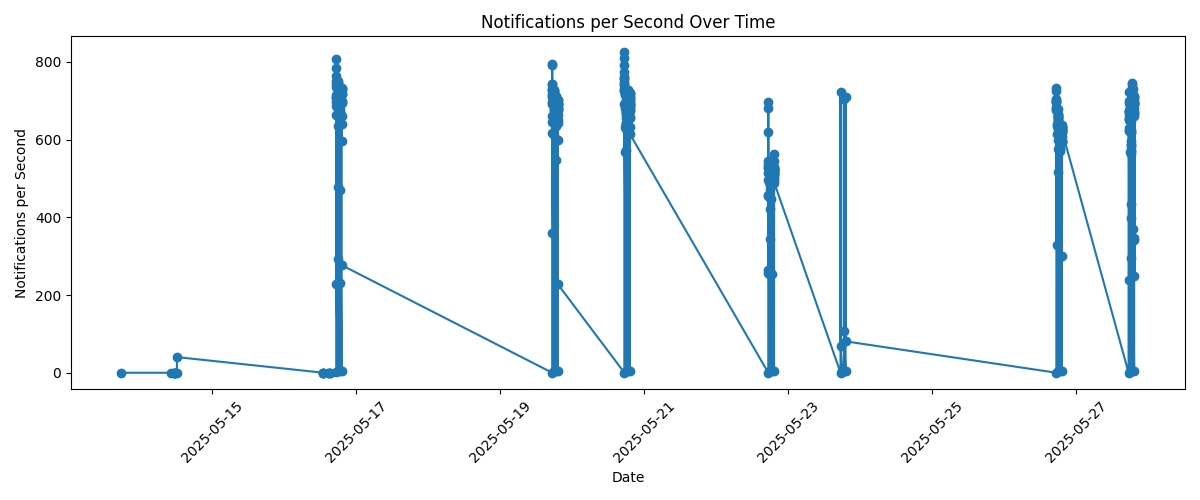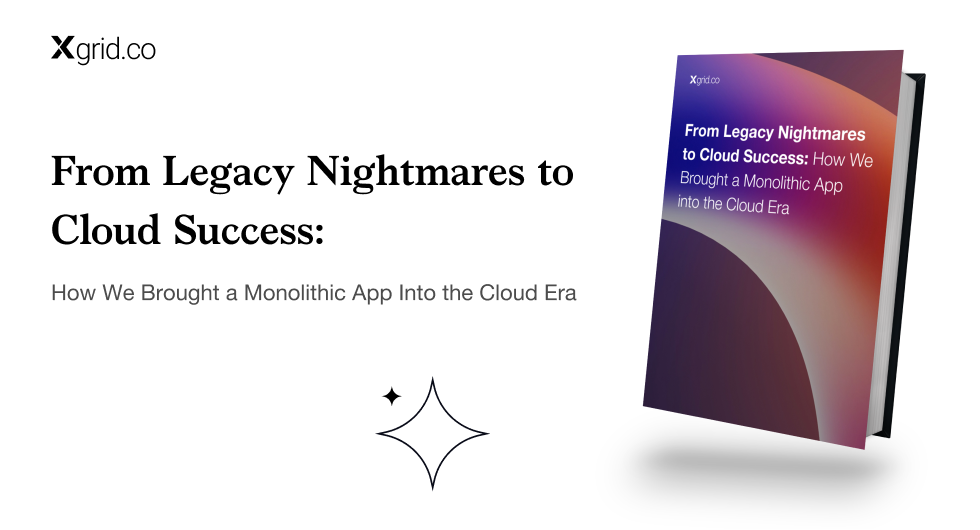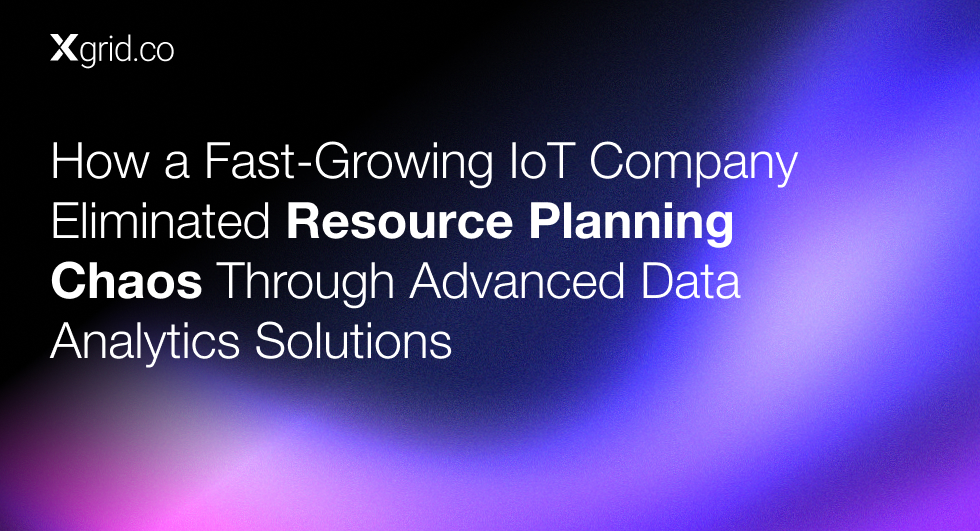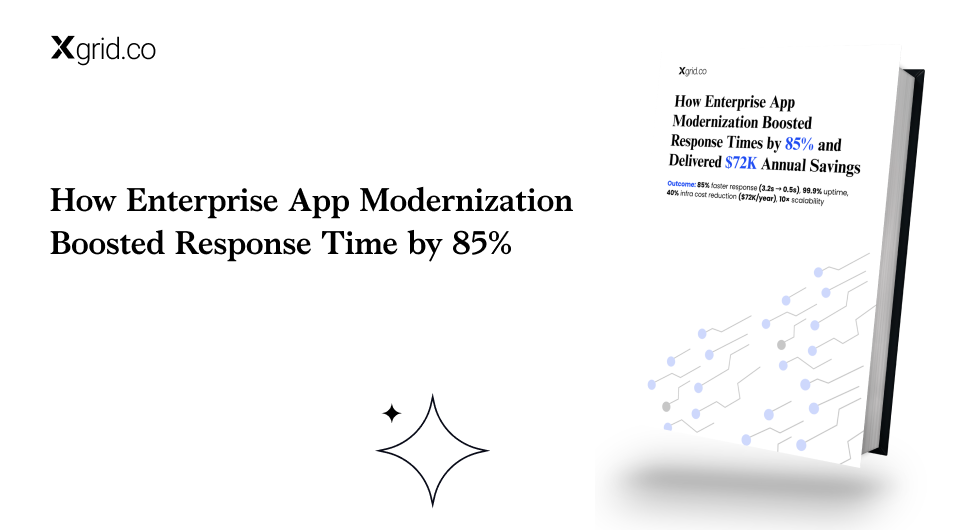Modernizing a Leading U.S. IoT Device Manufacturer from a Monolith to Cloud-Native Microservices
Client at a Glance
Executive Summary
Situation & Complication
What We Did (Phased, Zero-Downtime Modernization)
1. Cloud-Native Microservices Architecture (Azure)
2. Automated Workflows & CI/CD & Scale
3. Security, Observability, and Compliance
Implementation Flow (Target State)
1. Token Generation & Data Pipeline (Automated):
- Export user tokens from Hive; write to Blob every 30 minutes.
2. Notification Processing (Parallel):
- Azure Batch fans out Python workers across Linux compute nodes; FCM authenticated; intelligent batching respects rate limits and delivers to millions in 8–10 minutes.
3. Monitoring & Analytics (Real-Time):
- App Insights tracks events, failures, and performance; dashboards visualize delivery success and engagement.
4. Post-Processing & Maintenance (Automated):
- Archive outputs for audit/compliance; recycle environments; apply routine updates and predictive scaling.
Tooling: Azure Linux Node Pools, Blob Storage, Data Factory, Batch; Python 3.9+; FCM; Terraform; Azure DevOps; Azure Key Vault & RBAC; App Insights.
Results (Before → After)
Delivery & Scale
- Android notification success: < 50% → 99.9%
- Transactions per hour: 1K/hr → 100K+/hr (100×)
- System availability: 95% → 99.95%
Speed
- Campaign deployment time: 8+ hours → 8–10 minutes
- System availability: 95% → 99.95%
Reliability & Ops
- Error resolution time: 4+ hours → <15 minutes
- Deployment frequency: Weekly → Multiple times/day
Cost
- Infrastructure costs: $15K/mo → $9K/mo (40% reduction)
- Developer maintenance load: 20 hrs/wk → 2 hrs/wk (90% reduction)

Analytics Highlights
Notification Latency (Apr 1–Jun 12, 2024)
Engagement Correlation (Illustrative)
| Notification Type | Delivery Success | User Engagement Rate | App Session Δ |
|---|---|---|---|
| Sleep Score Updates | 99.8% | 78% | +45 x 46 SEC |
| Health Insights | 99.9% | 82% | +62 sec |
| System Alerts | 99.7% | 65% | +28 sec |
| Personalized Tips | 99.9% | 91% | +89 sec |
Cost Optimization
- Dynamic scaling: –45% idle resource waste
- Batch optimization: –35% compute costs
- Storage lifecycle/archival: –60% storage costs
- Tooling consolidation: –$3K/month in redundant services
Security & Compliance (Key Controls)
- Zero-trust with granular RBAC and Azure Key Vault
- Encryption in transit/at rest; audit trails end-to-end
- HIPAA-aligned healthcare data handling
Transformation Timeline (Phased)





